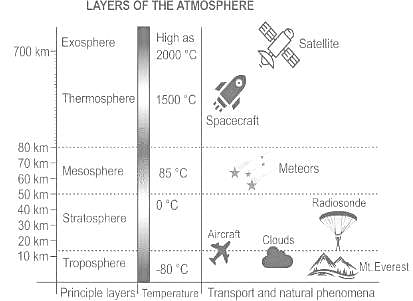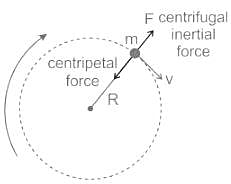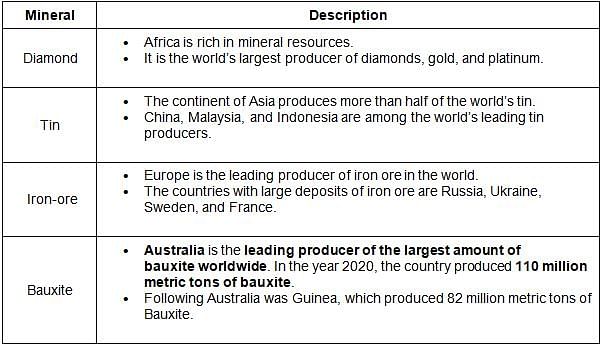BPSC Prelims Mock Test - 3 - BPSC (Bihar) MCQ
30 Questions MCQ Test BPSC Prelims Mock Test Series & Past Year Papers 2024 - BPSC Prelims Mock Test - 3
Which of the following Mahajanapadas was situated on the banks of river Godavari?
With reference to national movement consider the following pairs:

Choose the correct pair-

Choose the correct pair-
| 1 Crore+ students have signed up on EduRev. Have you? Download the App |
Which is the highest layer of the atmosphere in which Meteors burn up after entering Earth's atmosphere?
Which one of the following categories of Fundamental Rights incorporates protection against untouchability as a form of discrimination?
Among the agricultural commodities produced by India, India is the largest producer of which one of the following commodities ?
The transformation of silkworms and frog larvae into adults through drastic changes is called:
A Cream Separator machine works according to the principle of ________.
The heat released at the time of condensation is called as
With reference to the Biosphere Reserve, consider the following statements:
- It is a large area of protected land for the conservation of wildlife only.
- It may have one or more national parks or wildlife sanctuaries in it.
- In the core or natural zone human activity is allowed.
Which of the statements given above is/are correct?
Ratnakar says, "I am the brother of Rashmi, who is the granddaughter of Sadanand and Surekha." Rashmi says, "I am the daughter of Rajni, who is the daughter-in-law of Surekha." What is the relation between Ratnakar and Sadananda?
In which of the following dance form of Bihar women pray to Lord Indra for rain?
What was the purpose with which Sir Willian Wedderburn and W. S. Caine had set up the Indian Parliamentary Committee in 1893?
Which country accepted the policy of dual citizenship?
Which of the following statements regarding the Green bonds is NOT true?
In which of the following parts of the human digestive system is the digestion of food completed?
Which is CORRECT for spontaneity of reduction of metal oxides into metals?
Which of the following rock system is formed by warping of sediments in Bihar?
Mokama in Bihar is famous which among the following industries?
If the length of a rectangle is reduced by 15% and breadth is increased by 10%, what is the percentage change in the area of the rectangle?
The Pala dynasty ruled eastern India from Pataliputra between the 9th and the early 12th centuries. What was the capital of Pala dynasty?
Which of the following Union Minister launched PM SVANidhi mobile app?
|
3 docs|29 tests
|
|
3 docs|29 tests
|


























